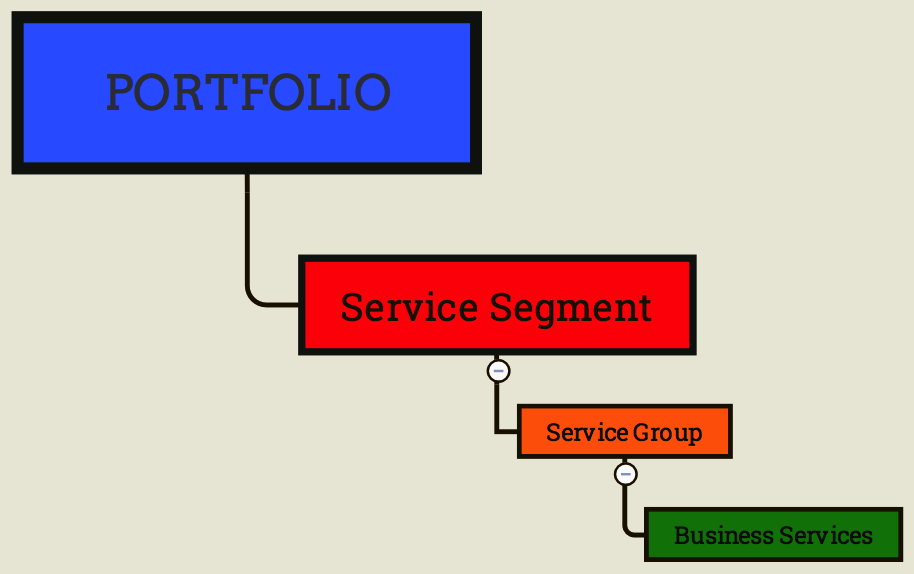WHAT IS SERVICE STRUCTURE AND WHY WE NEED IT?
Let us consider a simple example to explain this concept. Consider a Telecommunication Service Provider whose primary business is providing Mobile, Broadband and Fixed Services. Consider mobile services they can be “Pay Monthly” or “Pay as you go” service to its subscribed customers.
I will limit the scope to Online Service for Pay Monthly or Pay as you go customers, and some of the Business services are My Homepage, Web Top-up, Check Balance and add Bolts -on. So out of these, two Business Service are most critical to the business. They are My Homepage and Web Top-up and thus will drive the Business Services related KPIs.
Service is structured by defining Portfolios and is subdivided or grouped further based on its products and services. This grouping or classification is known as Service Structure.
So, a Service Structure defines the classification of the service in the Service Catalogue. This classification will enable the Service to allocate to an area of accountability within Service Management. Before I jump into the details, I will explain some Key Service Design Definitions. You can visit the official ITIL glossary and abbreviations to know more.

Service Structure
Portfolio:
A portfolio is a collection of services offered to one or more business units. This activity is organisationally driven grouping of services owned by a Service Management Head of Portfolio. Examples such as Internal Services, External Services
Service Segment:
A segment is the first layer of the categorisation of services in a Portfolio, which could be driven by organisation structure or the alignment of the services of the same type.
Service Group:
A service group is the logical grouping of the services that have common characteristics.
Business Service:
A Business Service is a service that is offered to and used by customers ( internal or external). Example of Business service is Skype for business, Online storage, Wallet Banking.
The definition of Service Structure and Business Service related KPIs in the Service Management toolset will allow the service to be displayed in the Dashboard ( Real-time Monitoring) or Service Level Management Scorecard reporting.CONCLUSION
- Service Structure classifies the Service in the Service Catalogue.
- Service Structure enables the Service an area of accountability.
- Service Structure enables Business Services KPIs to be measured and monitored in near real-time or via offline reporting.
- Service Structure allows Technical Services to underpin Business services.

If you are going for most excellent contents like myself, only pay a
visit this site daily because it presents feature
contents, thanks